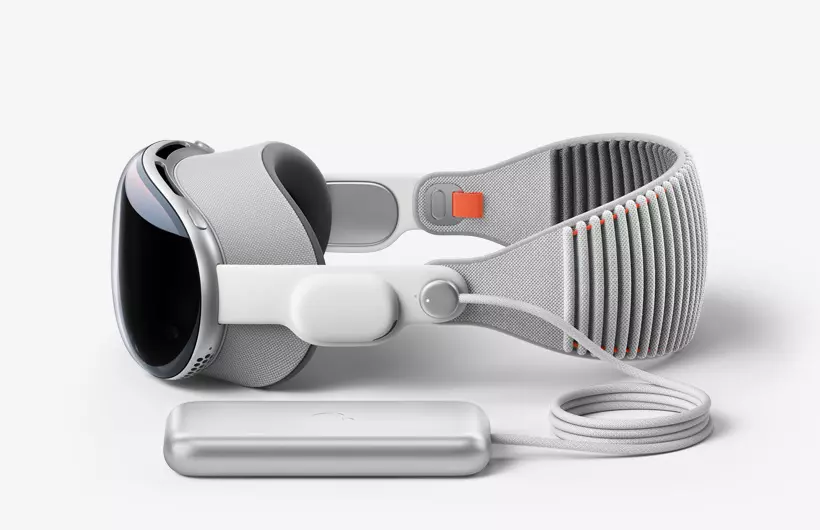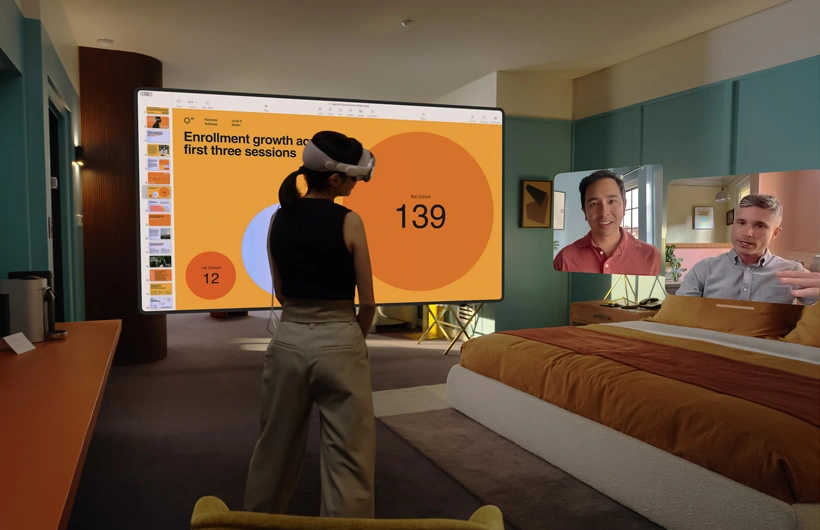Why Apple Vision Pro Is So Expensive: A Deep Dive
Posted on February 13, 2024 3 minutes 570 words
Table of contents
In the ever-evolving world of technology, Apple’s latest innovation, the Apple Vision Pro, has become a topic of intense discussion, particularly regarding its premium pricing. With the base model starting at $3,499, many are left wondering why this spatial computing device commands such a high price tag. This comprehensive analysis delves into the various factors contributing to the cost of the Apple Vision Pro, painting a clearer picture of its value proposition.
Cutting-Edge Technology
The Apple Vision Pro isn’t just another gadget; it’s a leap into the future of spatial computing. It incorporates advanced technologies that offer a unique and immersive experience. The device features sophisticated hardware and software, including high-resolution displays and advanced sensors, which contribute significantly to its cost.
Research and Development
Innovations like the Apple Vision Pro don’t emerge overnight. They are the result of years of extensive research and development (R&D), pushing the boundaries of what’s possible in technology. R&D costs are substantial, as they cover everything from initial concept development to final product testing. This long, expensive process is a crucial factor in the Apple Vision Pro’s pricing.
Premium Materials and Build Quality
Apple is known for its attention to detail and the use of high-quality materials. The Apple Vision Pro is no exception. From its durable, lightweight frame to the sophisticated optical components, the device reflects Apple’s commitment to quality and longevity, aspects that naturally come with a higher price point.
Limited Production and Niche Market
Unlike mass-market products, the Apple Vision Pro targets a niche segment, leading to limited production runs. Smaller production volumes often mean higher costs per unit due to less economy of scale. This limited production, coupled with the device’s targeted appeal to tech enthusiasts and professionals, also plays a role in its premium pricing.
Advanced Features and Capabilities
The Apple Vision Pro isn’t just a display device; it’s a comprehensive ecosystem. With features like custom ZEISS Optical Inserts, high-capacity storage options (up to 1TB), and the integration with Apple’s ecosystem, including the AirPods and Apple services, the device offers functionalities that go beyond conventional technology. These features, while enhancing user experience, add to the production costs.

Software Ecosystem and Development
Apple Vision Pro’s operating system, visionOS, represents another significant investment. Developing an intuitive, robust, and secure operating system requires substantial resources. Additionally, Apple continuously updates and improves its software, ensuring that Vision Pro users have access to the latest features and security enhancements.
Marketing and Brand Positioning
Apple’s marketing strategy also plays a role in its pricing. The company positions its products as premium and aspirational, targeting consumers who are willing to pay a higher price for quality, innovation, and the prestige associated with the Apple brand. This brand positioning, along with the extensive marketing campaigns, is factored into the product’s cost.
Conclusion
The Apple Vision Pro’s price tag is the culmination of numerous factors, from the cutting-edge technology and high-quality materials to the extensive R&D and the comprehensive software ecosystem. While the cost may be prohibitive for some, for others, the investment in this advanced piece of technology represents a gateway into the future of computing, offering an unparalleled immersive experience. As with any premium product, the decision to purchase hinges on the individual’s assessment of value versus cost, and for many tech enthusiasts and professionals, the Apple Vision Pro’s offerings justify its price.








